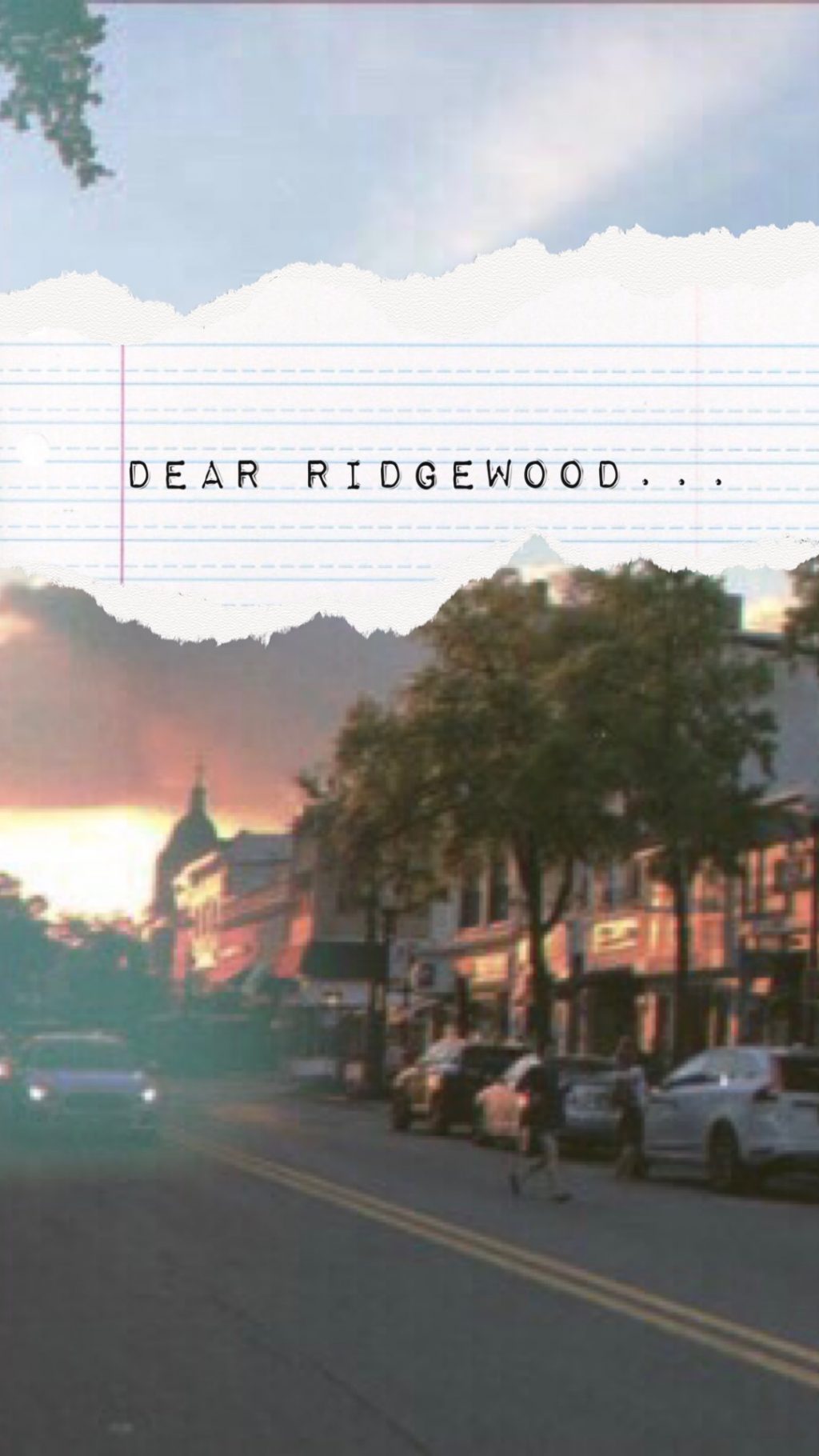Nothing evokes home to me quite like the empty silhouette of downtown Ridgewood on an early Sunday morning. Before I lean haphazardly into my morning shift of mass producing lattes for the public, I feel the shape of the buildings against the sky like an old friend. If nothing else, I place my identity alongside each gothic Victorian house lining the sidewalk, each night spent observing the opulent moonlight on Track 2 of the train station. Much could be said of the fifteen years I’ve lived in this town. Many of the days sputtered past at a rate so stagnant it felt nearly retroactive. As I find myself looking ahead towards the next phase of life, I find myself drawn to architecture. I daydream about the buildings and lack thereof, the opportunities that come with inhabiting unfamiliar space. In the same dizzying moment, I have to feel the weight of what I’m leaving behind: a man-made duck pond where I spent summers volunteering in blistering heat, seemingly illogical back roads where I rode my bike as a child. Each fork in the road of my life can be reduced to something physical that I encountered in Ridgewood, a design choice that left the town slightly different than it was before.
Violet Maxwell staff writer Graphic: Amelia Chen

